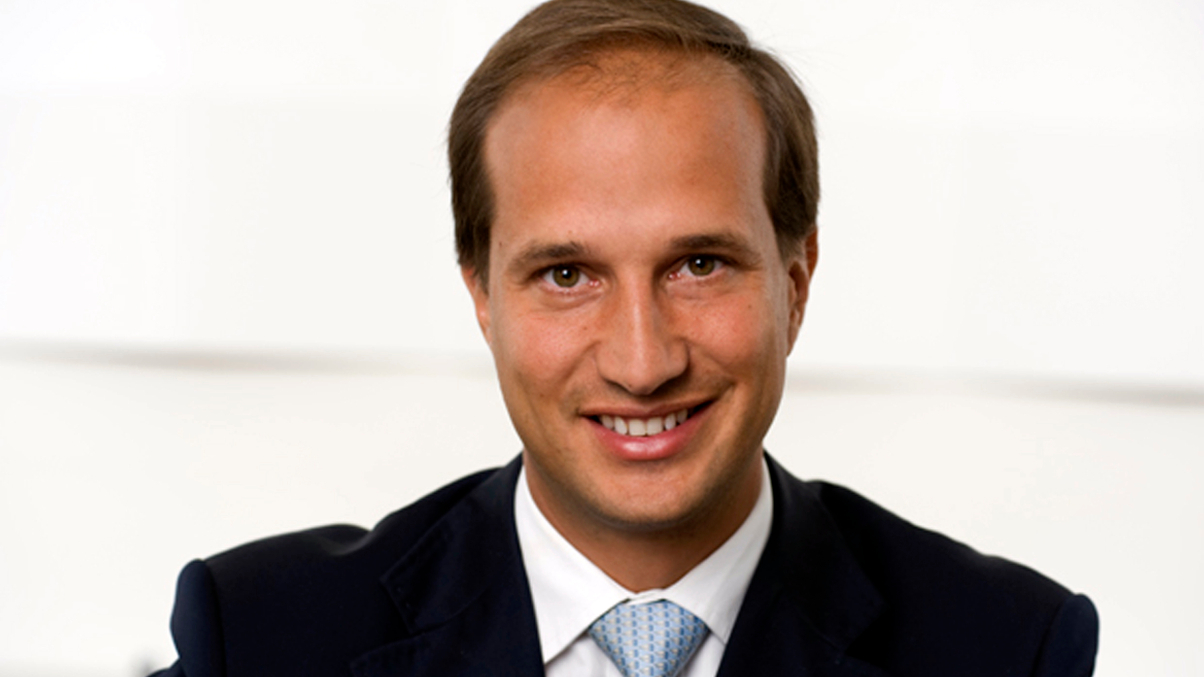Credit Suisse PB scoping for synergies, overlaps
The bank is working to find cost efficiencies as it finalises an integration plan for its merged private banking and AM business. Product selection and IT are two potential areas of focus.

Credit Suisse is scoping for synergies and overlaps in regional market coverage and product selection and delivery as it finalises an integration plan for its merged asset management and private banking units.
Sign in to read on!
Registered users get 2 free articles in 30 days.
Subscribers have full unlimited access to AsianInvestor
Not signed up? New users get 2 free articles per month, plus a 7-day unlimited free trial.
¬ Haymarket Media Limited. All rights reserved.


